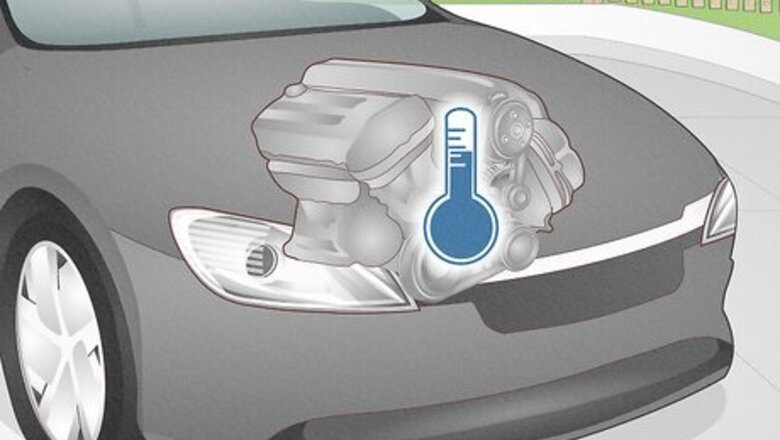
views
How to Bleed Your Cooling System

Start with a completely cold engine. If you were just running the vehicle, shut the engine off and give your vehicle plenty of time to cool off. This is an important safety measure since coolant absorbs heat and opening the radiator cap when there’s pressure in the lines can send coolant flying everywhere. If you have any doubts at all that the engine isn’t fully cold, give it another hour. The air pockets in those coolant lines aren’t going anywhere.
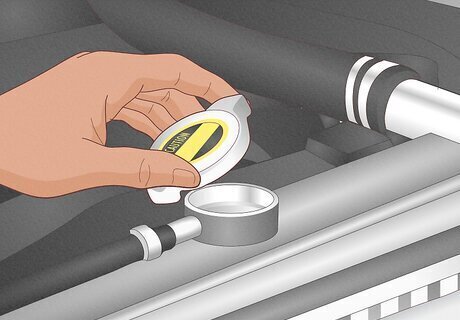
Remove the radiator cap. Pop the hood. Look for the radiator cap, which is normally located on the top of the radiator where the coolant line feeds back into it from the engine. This cap is normally yellow and has small extensions on opposite sides of the cap to make gripping the cap easier. There’s a little sticker or symbol on top of most caps that reminds people not to open the cap when the engine is hot.
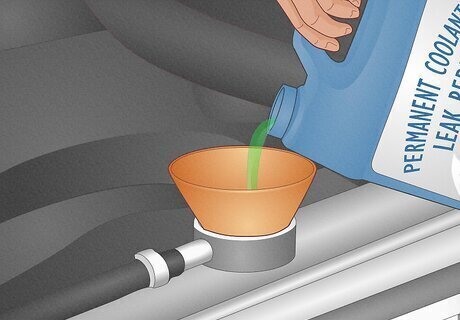
Put a funnel in the radiator and fill it with coolant. Use a flashlight to look inside of the radiator. If there’s any room below the “fill” line on the inside, insert a funnel into the radiator cap opening and pour radiator fluid in. Continue pouring fluid until you see it inside the stem of the funnel. Leave the funnel in place. If the coolant level is at (or above) the “fill” line, skip the funnel and don’t add any more coolant. Refer to your vehicle’s manual to determine what kind of coolant you need to use. These days, basically every vehicle can use 50/50 all-purpose coolant. Key Note: It’s 100% okay if your coolant level is a little too high. Air bubbles are going to exit the system, which will lower the fluid level as you work.
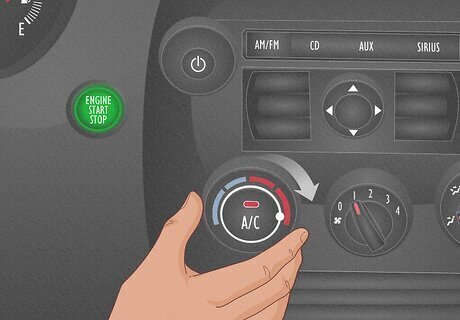
Turn the engine on and turn the heat on high. Keep your vehicle parked and start the engine. Turn the heater on in the cabin of your vehicle. Set the heat to “high” and the fan speed to the lowest available setting. The goal of turning the heat on is to remove as much ambient heat from your engine bay as possible so you can take an accurate temperature reading once all of the air pockets are gone. Since it takes 10+ minutes for the heat to get up all the way, start it now.
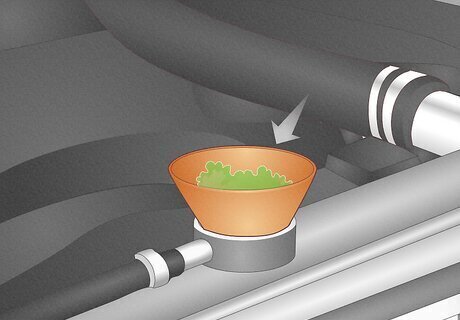
Monitor the funnel and top it off as needed. Get out of the vehicle and go to your radiator cap. Look at the fluid at the top of the radiator. If it starts bubbling or you see small pops of fluid or gurgling, those are the air pockets escaping your coolant lines. Add a cupful of coolant as needed if the fluid levels drop dramatically. If the coolant gets too low, you risk potentially damaging your vehicle. Don’t add fluid so hastily that you end up overflowing the radiator, though.
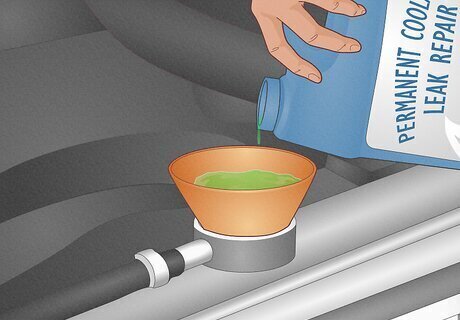
Stop adding fluid once the air pockets disappear entirely. Keep monitoring the fluid and adding coolant as needed. Once 3-4 minutes have passed and the coolant is at or near the “fill” line with no bubbles or gurgling, go back to your vehicle’s cabin. The coolant cycles through your engine once every few seconds, so if a few minutes pass with no signs of air pockets, it’s a sign that you’ve probably cleared all of the air pockets.
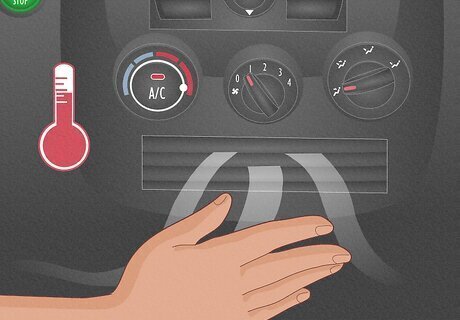
Confirm the interior heat is high and close the radiator cap. Check the heat inside of your vehicle to confirm that the air coming out of the vents is as hot as it normally gets when it’s running at peak temperatures. If it isn’t hot enough, wait until it is. Put the cap back when you’re ready. You need maximum heat at a consistent level to get an accurate reading of the engine temperature.
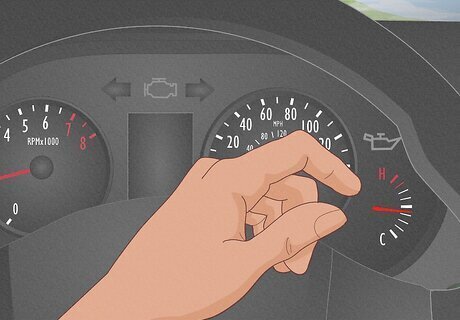
Monitor the temperature gauge. Once the heat is at its highest level, look at the temperature gauge on your dashboard. Study it for a few minutes to see how high the dial goes. If it's resting at or below the middle of the gauge, you’re ready to test drive it. Where the dial rests depends largely on how hot or cold it is outside. So long as it isn’t settling in a colored portion of the dial on the higher end, you’re good to go.
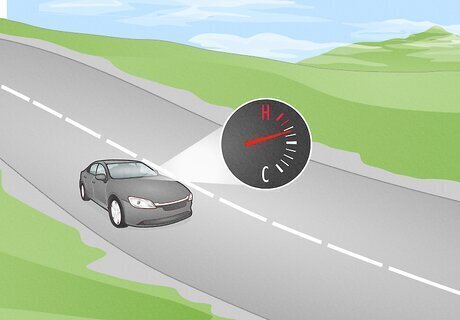
Test drive the vehicle and re-check the coolant levels. Take the car around the block to test your engine a bit and push the temperature levels. While you’re driving, check the temperature gauge to see if it’s relatively stable. Wait for the engine to cool after your test drive and check the coolant levels again to see if you need to add any more coolant. If you do, add enough coolant to reach the “fill” line and test drive it again. If you really need to add a lot of coolant after test driving, it’s a sign there’s probably still air in your coolant lines. Repeat this entire process until the fluid levels are stable and consistent. If the temperature gauge reaches dangerous levels while you test drive and your coolant levels are fine, you’ve got something else going on beyond air pockets in your vehicle.
Reasons to Bleed the Cooling System
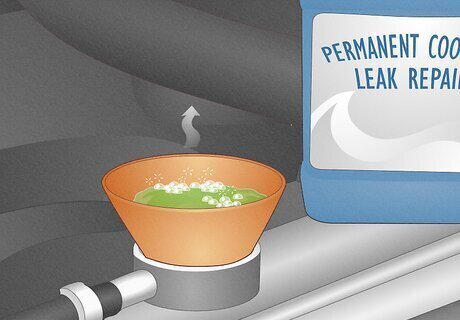
Bleed the system when you work on the cooling system or engine block. You only need to bleed the coolant system if there may be air inside of the coolant lines. Since your cooling system is a closed loop, this can only happen if you work on your engine block or open the radiator lines. It always makes sense to bleed your lines after performing any kind of engine work that could introduce air. If you don’t bleed the coolant to remove air pockets, the coolant may boil and you may experience overheating issues. If you bleed the coolant system, the problem goes away, and then you need to bleed the coolant system again in the near future, it’s a sign you’ve got a leak somewhere.
What symptoms indicate you need to bleed the cooling system?
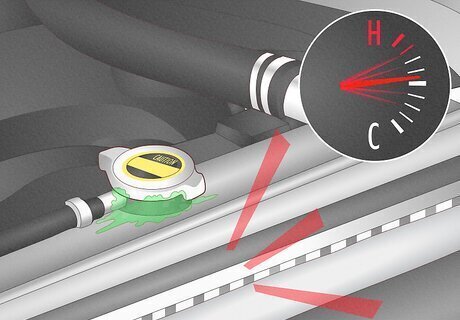
Ideally, you should bleed the radiator before any symptoms occur. If you don’t bleed the radiator, pockets of air in the system will eventually cause engine performance issues and overheating. That’s why you bleed the system immediately after exposing the coolant loop to the open air. If it’s late enough for you to notice heating issues, the air pockets have likely already caused some damage. Symptoms that you need to bleed the cooling system include elevated engine temperature, fluctuating temperature gauge, coolant leaks, gurgling sounds from the radiator, and reduced heat output from the heater.

















Comments
0 comment